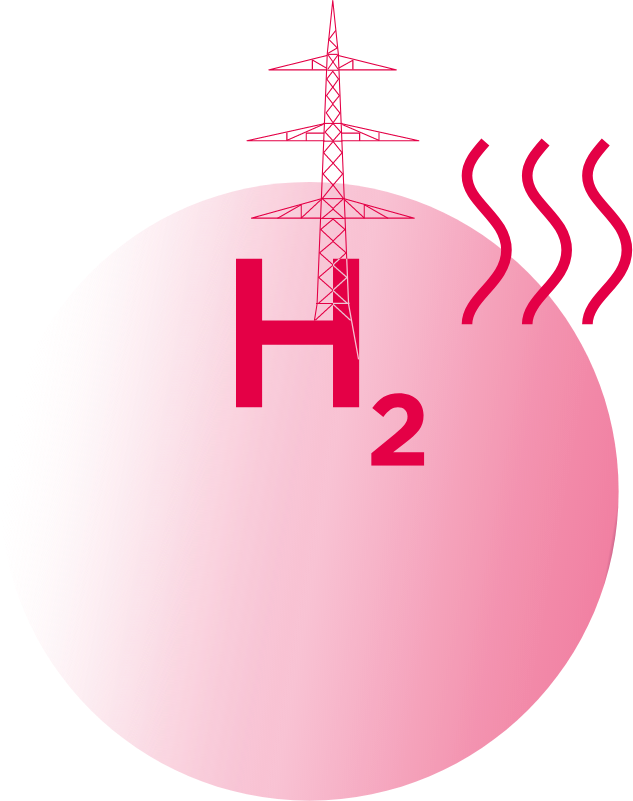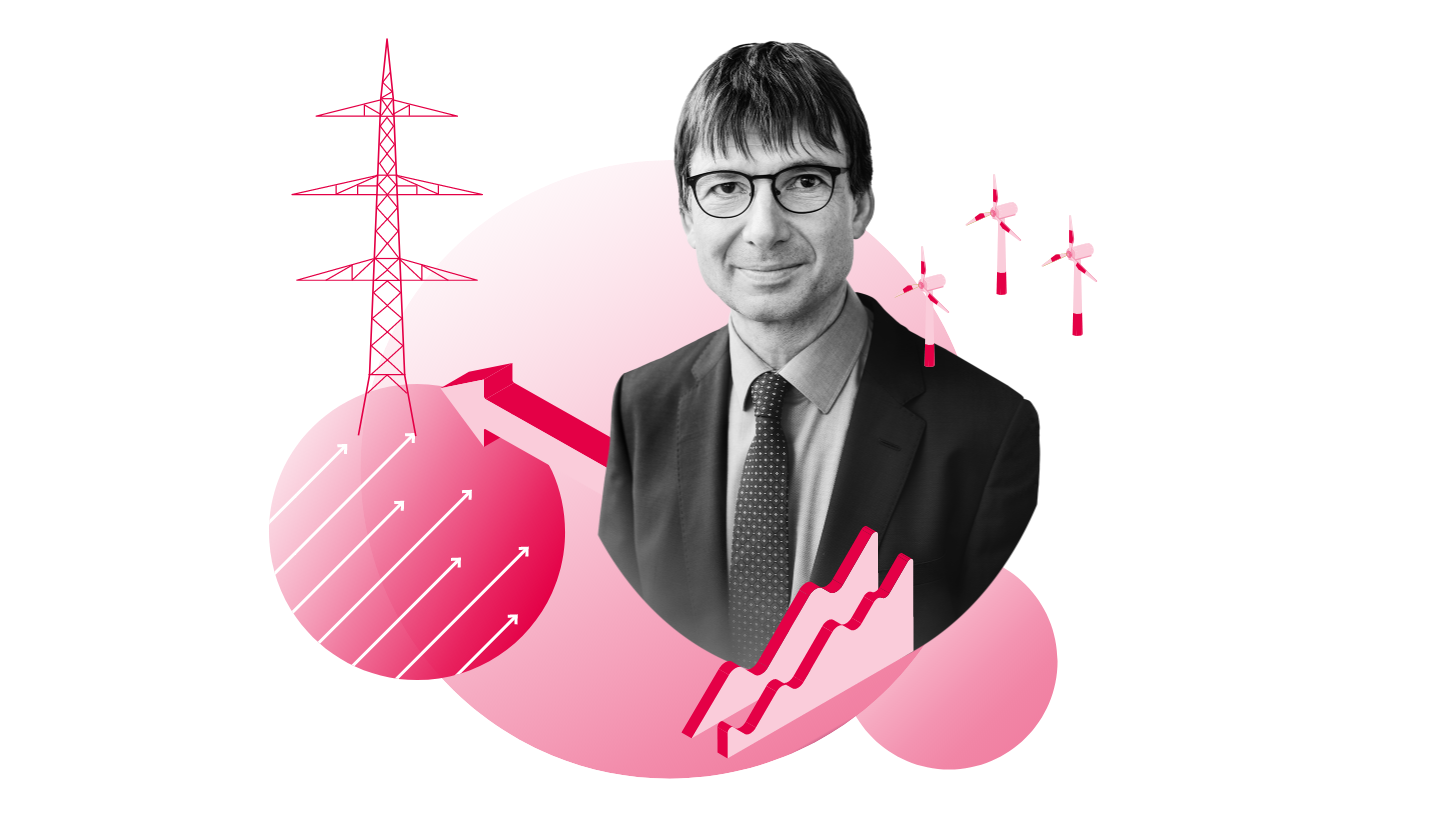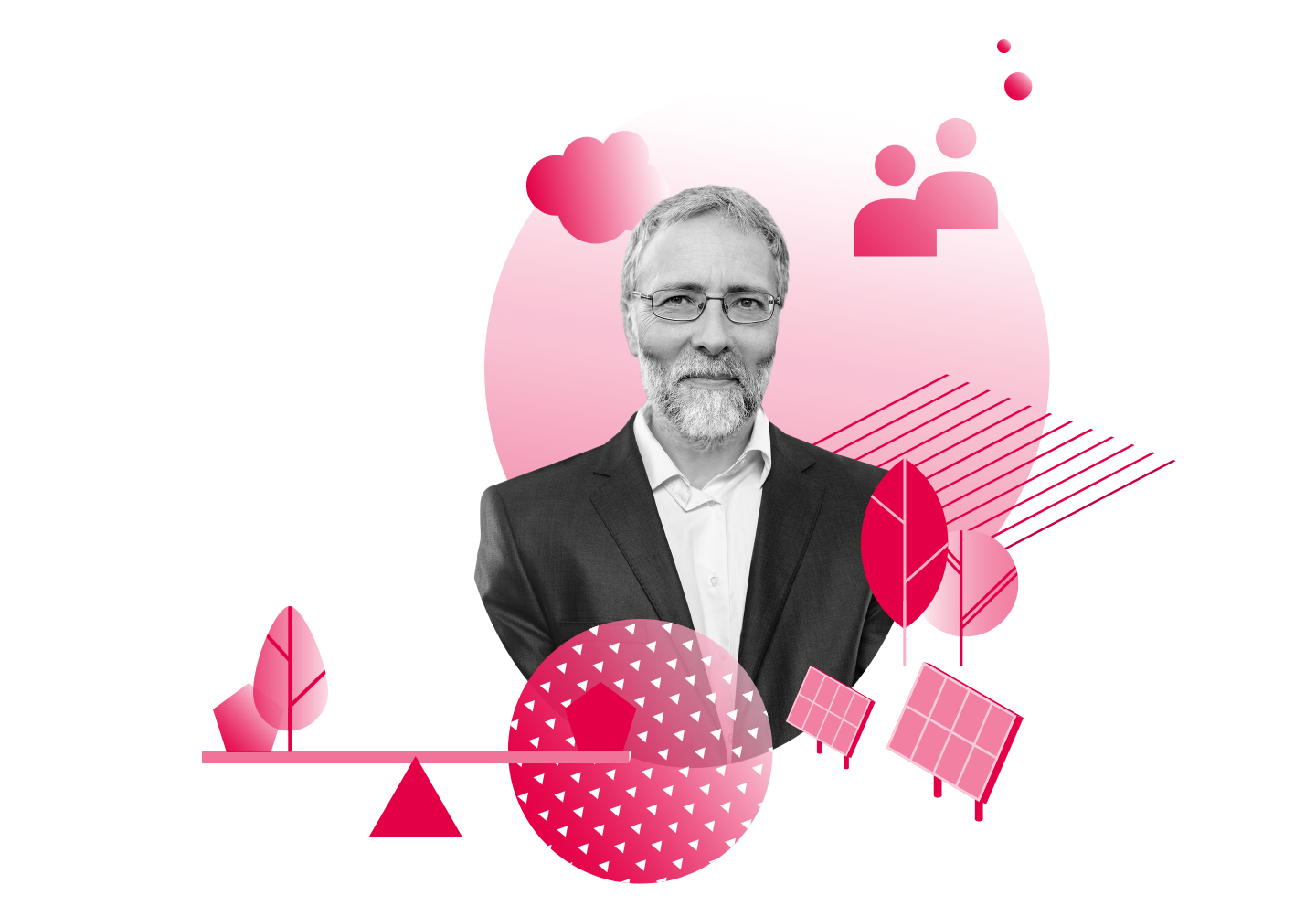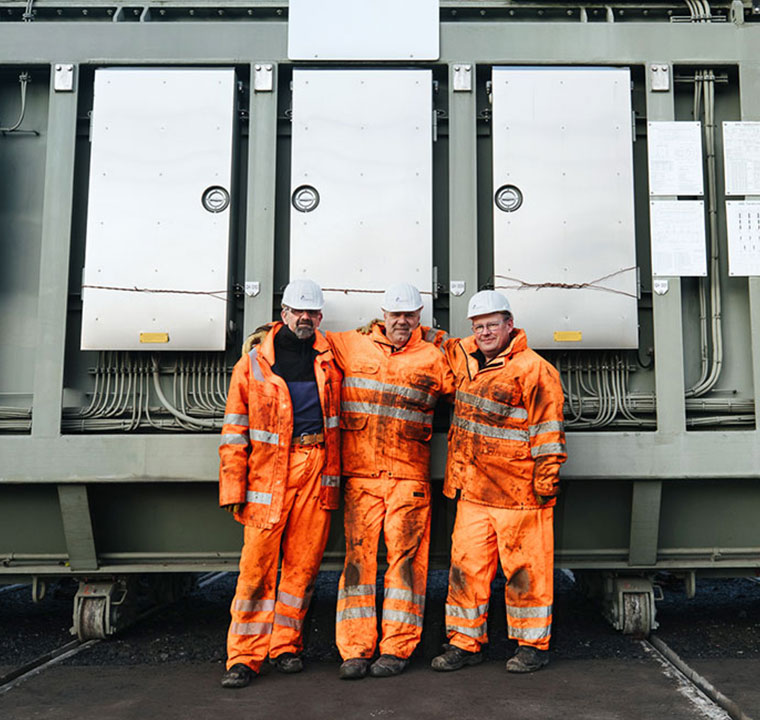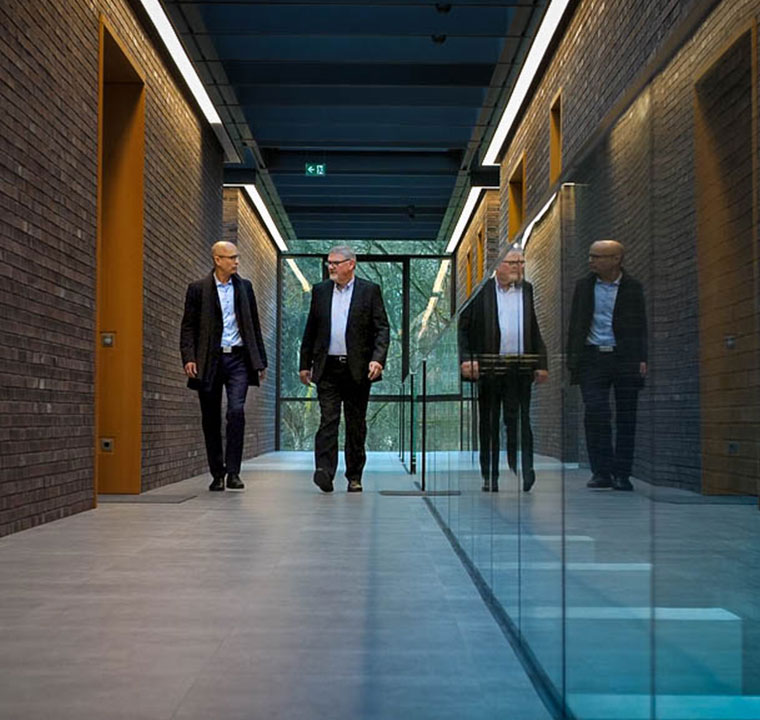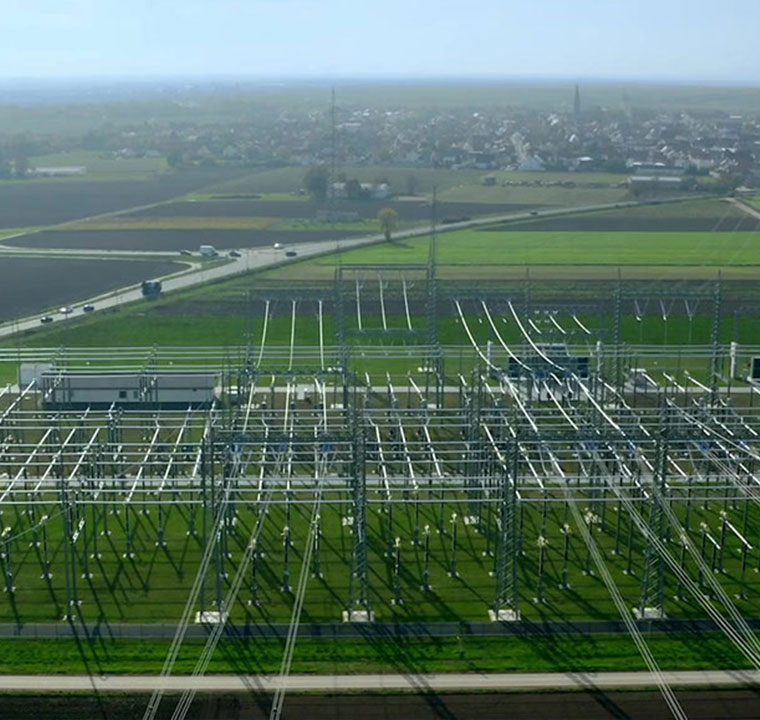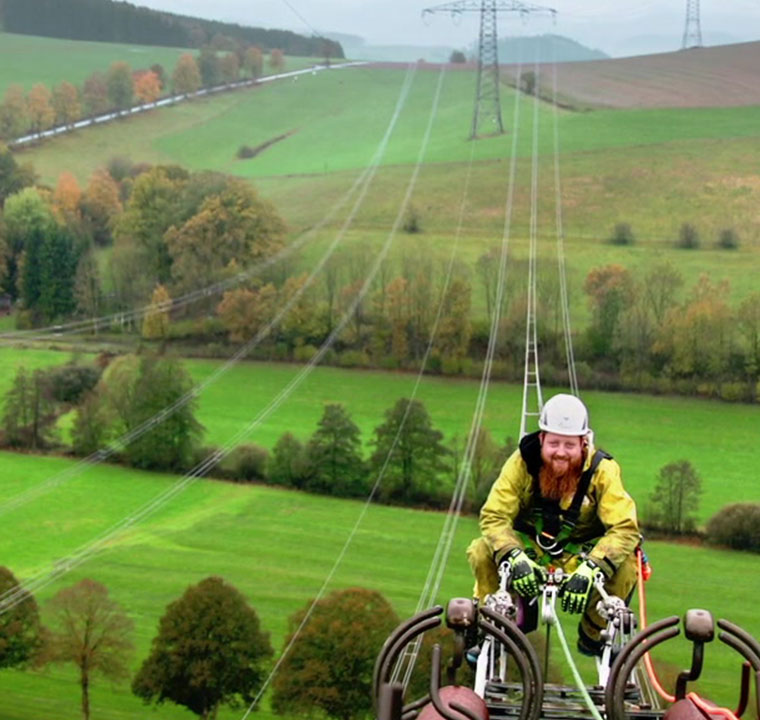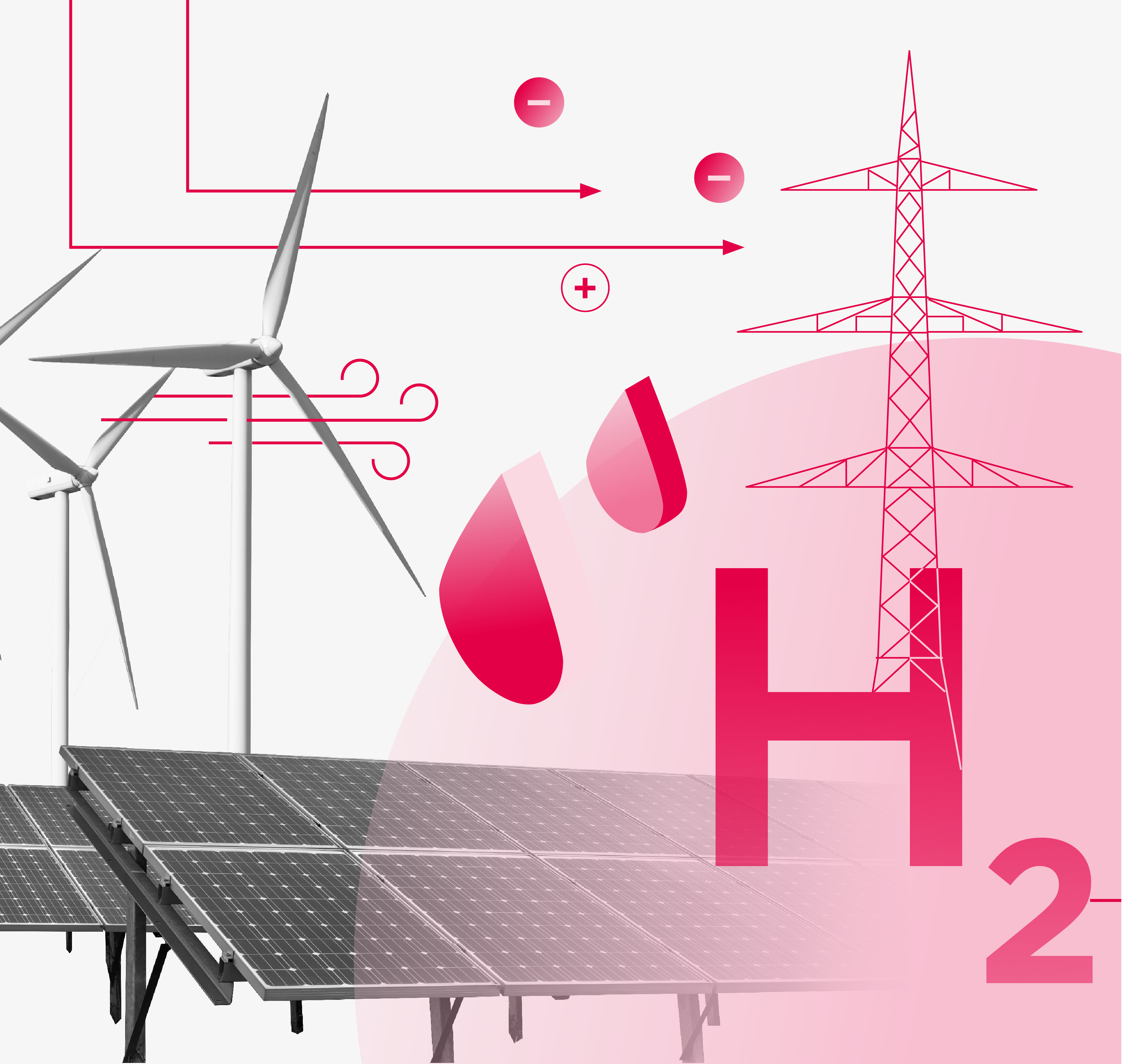Let’s think ahead
To limit the extent of climate change, Germany has decided to phase out coal-fired power generation by 2038 at the latest. So what will our energy system look like then? Christoph Bals, Political Director of the environmental organisation Germanwatch, and Gerald Kaendler, Head of Asset Management at Amprion, discuss the dynamics of the climate debate, the change in awareness and attitudes in the chemical industry and people’s expectations of politicians.

